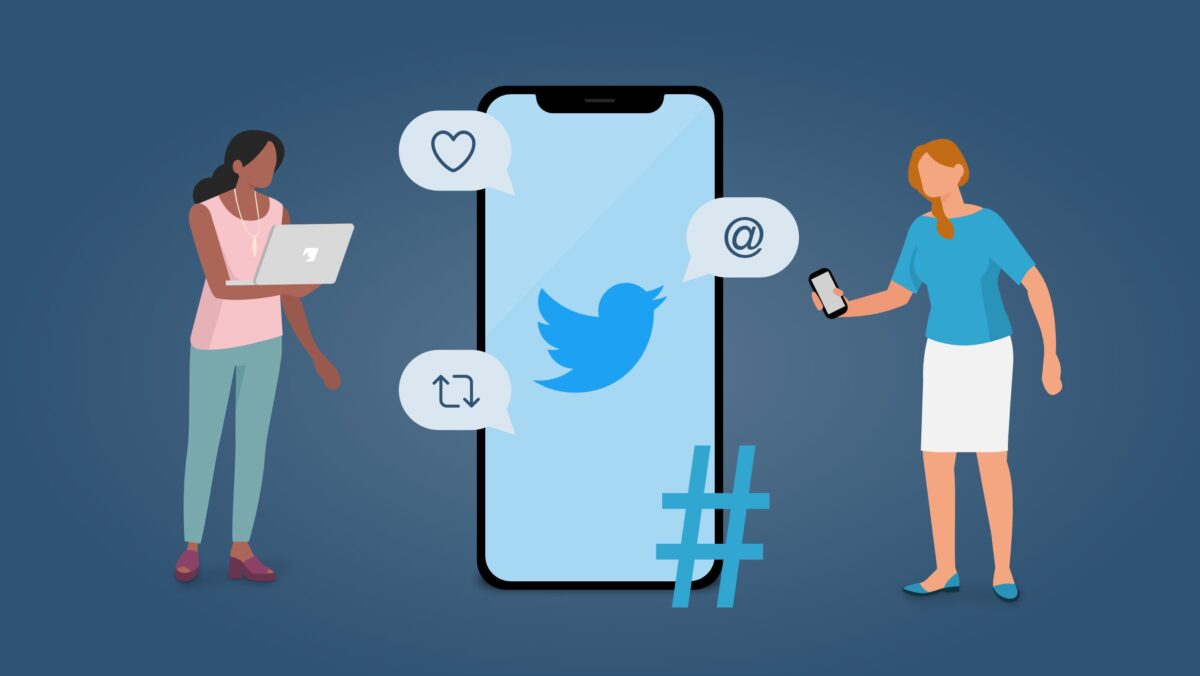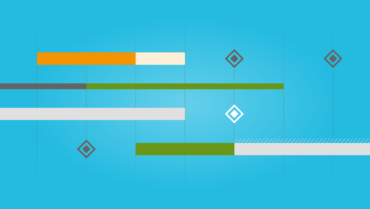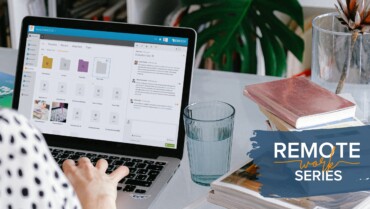All EU funded projects need to communicate about their project activities “throughout its entire lifetime”. It is especially true for H2020 Programme which started in 2014. The European Union (EU) has high expectations of the H2020 dissemination and communication efforts which you should present in the Impact Section of your proposal. It will become even more important in the next framework programme Horizon Europe, starting in January 2021. Beneficiaries of EU funding will be expected to enhance their dissemination activities to engage with society.
Thus, dissemination is more oriented on project results and how to share them with potential users. Those are peers in the industry field, policy-makers and various commercial organisations. Better dissemination means contributing to the scientific community, but also having a bigger impact on society. In particular, the European Commission encourages recipients of grants to use social media during the H2020 programme to reach broader audiences.
Strategic approach to communication and dissemination could help boost the project's visibility. Basics of a good dissemination plan start with answering these three questions:
What is the key message of your Horizon 2020 project?
To answer this question, summarise the added value of your project in a sentence by asking “Why should anyone care about this project?” It is important that your key message is clear and comprehensive to lay audiences, but also to peers, stakeholders and journalists.
Who are the target audiences?
Who would you like to reach with your key messages? Who might be interested in your project? Who might find your project useful? Try to identify influential people and organisations related to your project topic. Identifying them will help to plan your dissemination activities. If you have a clear idea of your target audience, it would be even easier for you to identify and reach influencers afterwards.
How to reach them?
What are the media channels your targeted audience uses the most? Do they read newspapers or do they prefer social networks? Are they active on social media or they prefer emails?
Answering those questions will give you a clear direction for your dissemination activities. In this article we will focus on how to use Twitter for effective project dissemination.
Twitter for H2020 communication & dessimination efforts
During the last couple of years, Twitter became much more than a chatty platform. It has the power to reach the broadest audiences in a short time. Many scientists and researchers use it on a daily basis. They follow discussions, engage with other peers, share relevant information and their work. It is also an essential online media channel for every organisation. You can also reach stakeholders and policy-makers on Twitter.
Because of that, it might be worth dedicating time to work out Twitter strategies for your communication & dissemination plan
- The first step would be to create a Twitter account for your project. A Twitter profile allows you to add your project's logo and a banner, description and the website link.
- One of the things associated with Twitter is hashtag #. It serves to grab attention to a certain words of your posts and emphasise your expertise on this topic. You could use hashtags in the description too. It makes it easier to search and find your project.
- Find and follow influential people and organisations you defined as your target audiences. The unwritten rule of Twitters is to follow back the people who followed you. It is a great way of expanding your network and gaining visibility for your project.
- To maximize the visibility of your EU-funded project, keep in mind you need to be active on Twitter. Due to the short lifetime of a tweet, marketing experts suggest tweeting at least 3 times per day. It might not be relevant for a EU funded project, but aim to post on a regular basis.
- Adding a picture or a video to your post will increase the chance to reach more people. Tweets that include pictures have 89% more likes than those without.
- Videos are six times more likely to be “retweeted”. Video is the best performing content, not only on Twitter, but on other social media too. It might be worth checking video production companies that can help your content stand out and reach more people.
- If you want to write a post, remember that the limit is 280 characters. That includes the hashtags and mentioned people you can tag in your post. That is one the most effective ways of gaining new followers and increasing the visibility of your project. Also, do not hesitate to add the following accounts from the EU officials: @Cordis, @EU_Commission, @EU_H2020, @ERC_Research, EU_Growth. They often assist in disseminating efforts by resharing or “retweeting” the posts they are mentioned in.
Events, the perfect time to tweet
Planning a Twitter campaign around events relevant to your project is highly recommended. Those could be scientific conferences, presentations, meetings - defined in your project Description Of Actions or in the Dissemination Plan.
Events usually have specialised hashtags. If you monitor and use those hashtags, you might discover and engage with new influencers.
There are several moments in an event timeline you could use to increase the visibility of your H2020 project:
- You could announce that you (or partners) will attend the event one month ahead of it.
- Explore and follow the event account and the ones of the organisers a few days before the event.
- Tweet about your arrival using the event's hashtag and a nice picture of the venue.
- Engage in conversation during the event using the event's hashtag, if relevant, redirect to your project website.
- Share interesting quotes and tag the speakers.
- After the event, you could use the opportunity to tweet your reflection on it.
Report your dissemination activities
Keep in mind that you will need to report on your dissemination activities. It could be a lot of extra working hours if you don't organize well beforehand. Reporting the social media activities can be especially challenging: should you report all single posts or only monthly statistics? Having your activities organised by campaign (per event or per publication) will really help both reporting consistently and monitoring your actual performances.
To ease the reporting efforts, think about project management tools. One of those solutions is EMDESK – a project management software that allows you to log all dissemination activities during the project. It is especially useful for EU research programs such as H2020 where the majority of projects are collaborative. Deploying such project management tool might help you and your partners execute the project without worries.
These are only a few steps to enhancing dissemination activities. There are many other ways that your project could benefit from. Some ideas can be found in the original article published by Labs Explorer.




